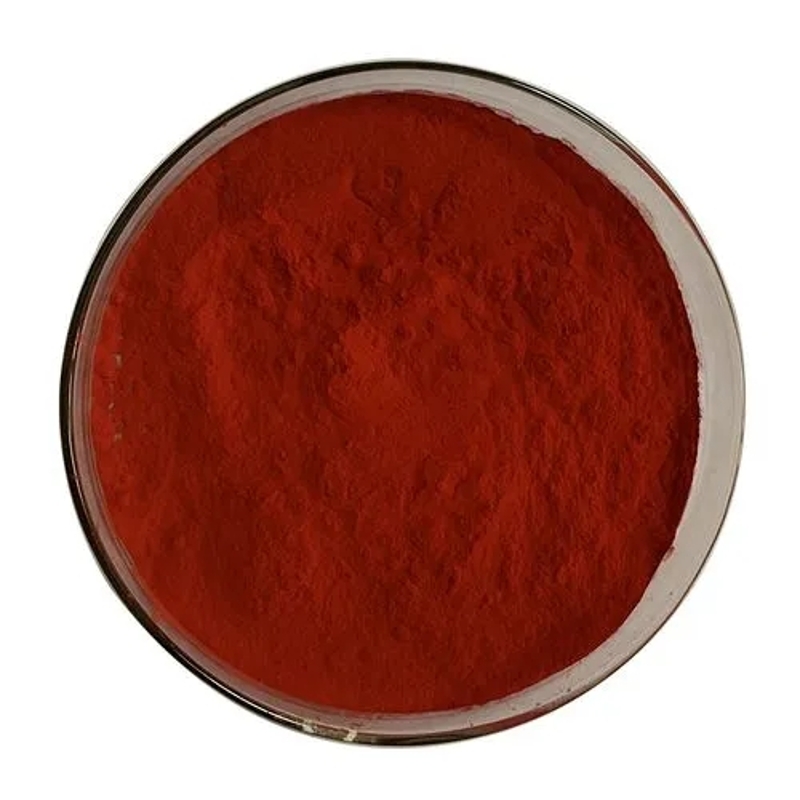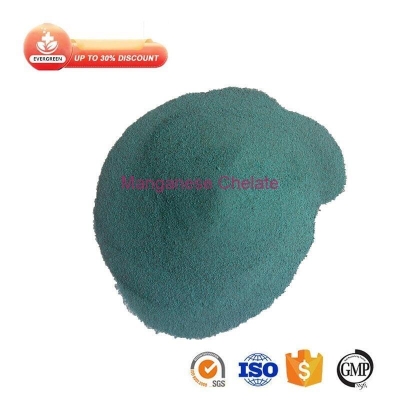-
Categories
-
Pharmaceutical Intermediates
-
Active Pharmaceutical Ingredients
-
Food Additives
- Industrial Coatings
- Agrochemicals
- Dyes and Pigments
- Surfactant
- Flavors and Fragrances
- Chemical Reagents
- Catalyst and Auxiliary
- Natural Products
- Inorganic Chemistry
-
Organic Chemistry
-
Biochemical Engineering
- Analytical Chemistry
- Cosmetic Ingredient
-
Pharmaceutical Intermediates
Promotion
ECHEMI Mall
Wholesale
Weekly Price
Exhibition
News
-
Trade Service
Original: Yun Wuxin
Finally, microplastics have become an environmental hazard to the entire planet
.
A large number of studies have reported the discovery of microplastics, and they can even be found in table salt
.
.
A large number of studies have reported the discovery of microplastics, and they can even be found in table salt
.
The ocean is the final "gathering place" of microplastics.
Data from different sources are not the same, but they all show one thing: microplastics in the sea are like stars in the sky, countless
.
Data from different sources are not the same, but they all show one thing: microplastics in the sea are like stars in the sky, countless
.
The research on microplastics has been around for some years, but up to now, most of the research is still on the discovery and detection of microplastics
.
As to what kind of impact they have on our lives, research is still quite limited
.
.
As to what kind of impact they have on our lives, research is still quite limited
.
There are some studies exploring the impact of microplastics on aquatic animals
.
Roughly speaking, microplastic particles small enough in size can absorb some toxic and harmful substances and pathogenic microorganisms, and can also enter the bodies of lower organisms such as sea rainbow and oysters, thereby affecting their growth
.
A study found that the surface of microplastics has become a carrier of pathogenic microorganisms, which can promote the emergence and spread of antibiotic resistance genes over time
.
On the surface of the microplastics, the concentration of antibiotic-resistant bacteria is 5000 times that of the surrounding water
.
When these microplastics are ingested by animals, they may induce diseases
.
.
Roughly speaking, microplastic particles small enough in size can absorb some toxic and harmful substances and pathogenic microorganisms, and can also enter the bodies of lower organisms such as sea rainbow and oysters, thereby affecting their growth
.
A study found that the surface of microplastics has become a carrier of pathogenic microorganisms, which can promote the emergence and spread of antibiotic resistance genes over time
.
On the surface of the microplastics, the concentration of antibiotic-resistant bacteria is 5000 times that of the surrounding water
.
When these microplastics are ingested by animals, they may induce diseases
.
This is a hazard to the ecology and the mariculture industry, or at least it is detrimental
.
.
But many people are more concerned about: Will eating these seafood affect their health?
There is very little research in this area, and many of the previous statements are also a kind of "consider the bad" speculation-in the face of a new phenomenon or thing, this thinking logic is reasonable
.
.
The purpose of scientific research is to use evidence to verify those conjectures, so as to draw conclusions that are “closer to the facts”
.
.
Two recent studies have done some exploration in this area
.
It has always been the research done by several institutions in China, which was published in the journal Science of The Total Environment in March today
.
This study investigated an aquaculture farm that has been intensively operated for decades.
The microplastics in the sediments are mainly cellulose polymers and polypropylene, with a concentration in the range of 51-88 blocks/kg, and sizes ranging from 0.
5 to 0.
5.
Between 2 mm
.
The results of the study show that there are microplastics in various cultured seafood, but the number is not large, there are only one or two in each individual
.
Considering the limited amount accumulated in animals, researchers believe that eating these seafood will not bring health risks, and the impact of these microplastics on commercial farming is not as large as previously speculated
.
.
It has always been the research done by several institutions in China, which was published in the journal Science of The Total Environment in March today
.
This study investigated an aquaculture farm that has been intensively operated for decades.
The microplastics in the sediments are mainly cellulose polymers and polypropylene, with a concentration in the range of 51-88 blocks/kg, and sizes ranging from 0.
5 to 0.
5.
Between 2 mm
.
The results of the study show that there are microplastics in various cultured seafood, but the number is not large, there are only one or two in each individual
.
Considering the limited amount accumulated in animals, researchers believe that eating these seafood will not bring health risks, and the impact of these microplastics on commercial farming is not as large as previously speculated
.
Another study by a German scholar was published in the "Marine Pollution Bulletin" in July this year
.
In the study, fluorescent dye-labeled microplastic particles were added to the feed of European sea bass, and the particle size was in the range of 1-5 microns
.
After 16 weeks of continuous feeding, it was counted by a manual fluorescence microscope, and the content of microplastics in each gram of fish was 0.
36±0.
28
.
This amount is equivalent to every 20 million microplastics that the fish swallows, only one of them will be transferred to the fish
.
.
In the study, fluorescent dye-labeled microplastic particles were added to the feed of European sea bass, and the particle size was in the range of 1-5 microns
.
After 16 weeks of continuous feeding, it was counted by a manual fluorescence microscope, and the content of microplastics in each gram of fish was 0.
36±0.
28
.
This amount is equivalent to every 20 million microplastics that the fish swallows, only one of them will be transferred to the fish
.
These two studies are based on specific seafood species and specific microplastics, and may not necessarily represent all seafood and other characteristic microplastics
.
Their significance is to provide feasible research methods and some specific data for in-depth and comprehensive exploration and understanding of the impact of microplastics on seafood itself and human health
.
.
Their significance is to provide feasible research methods and some specific data for in-depth and comprehensive exploration and understanding of the impact of microplastics on seafood itself and human health
.







